Saint James. Santiago. Sant Jakob.
No matter what you call him, he is pretty important on the Camino de Santiago. In fact, the reason you are walking, sweating and getting blisters is because of him. The Camino de Santiago leads towards the Cathedral in Santiago de Compostela where Saint James’s remains are said to lie.
So, it’s reasonable to wonder, as you huff and puff up yet another of Galicia’s rolling hills, who is this guy? Why am I so keen to walk towards him?
Well, the Camino de Santiago, or the Way of Saint James, is a Catholic pilgrimage dedicated to one of Jesus’ apostles. How he ended up in Galicia is a long story.
His Story
James and his brother John lived as simple fishermen until they met Jesus. They joined his followers and helped to preach his message. Both men are mentioned as witnesses to several of his miracles, such as the raising of the daughter of Jairus; and other main events in the life of Jesus, such as the Transfiguration, Crucifixion and Resurrection.
In fact, Saint James was one of the apostles closest to Jesus. It is said that he was part of an “Inner Circle” of disciples, along with John and Peter. Jesus also gave John and James the nickname “sons of thunder” (Boanereges in ancient Greek). These nicknames may reflect their personality – zealous, passionate and ambitious.
After the death of Jesus, Saint James travelled to Hispania, which we now call the Iberian Peninsula, in order to convert the inhabitants to Christianity. This is no easy task today and was even harder at the time. On top of that, Jesus had forewarned Saint James that he would be persecuted just like himself.
Miracles
Legend has it that on two occasions, once in Zaragoza and once in Muxia, the Virgin Mary appeared miraculously to give Saint James strength to continue his mission. On the former occasion, the Virgin Mary appeared on top of a marble pillar. She asked Saint James and his followers to build an altar around the pillar. In exchange she would forever be present in that place to offer her help to those that would ask for it. Thus, the first church in honour of the Virgin Mary – the first of many – was built in Spain.
Despite his troubles, Saint James kept Hispania, and especially the kingdom of Galicia, in his heart. He walked back to Jerusalem, thus completing his first Christian pilgrimage. When he returned to Jerusalem, events took a turn for the worse. He was immediately beheaded on the orders of King Herod of Agrippa the First, in the year 44 A.D. Thereby becoming the first martyr of Christianity.
After his death
However, the story of his life does not end there. His two disciples, Athanasius and Theodore, collected the body and took it back to the region he had once loved so much: Galicia. Some say they went by boat, a boat that had neither rudder nor sail. They landed at a small town close to Santiago de Compostela, called Padron. The story goes that Saint James’s disciples asked the Celtic Queen Lupa if they could bury his body there. To mock them, the Queen lent them two wild bulls. As if by miracle, they became docile whilst transporting the body, and refused to move any further when they reached his burial site.
Saint James was then promptly forgotten for seven hundred years. Fortunately for us walkers, his body was found again at the very beginning of the 9th century. It is said that the shepherd Pelayo was tending to his flock one clear night, when he saw a shooting star cross the sky. Guided by divine inspiration, he followed the star and stumbled upon Saint James’s burial site.
Santiago de Compostela
That is how Santiago de Compostela got its’ name. Santiago means Saint James, and Compostela comes from the Latin word campus stellae, meaning field of stars. When King Alfonso II of Asturias visited the holy place, he ordered a modest church to be erected in Saint James’s honour. This walk by King Alfonso II became the first pilgrimage to Santiago de Compostela on the Primitive Way. The Cathedral in Santiago that we know today was begun by his successor, Alfonso III, in 899.
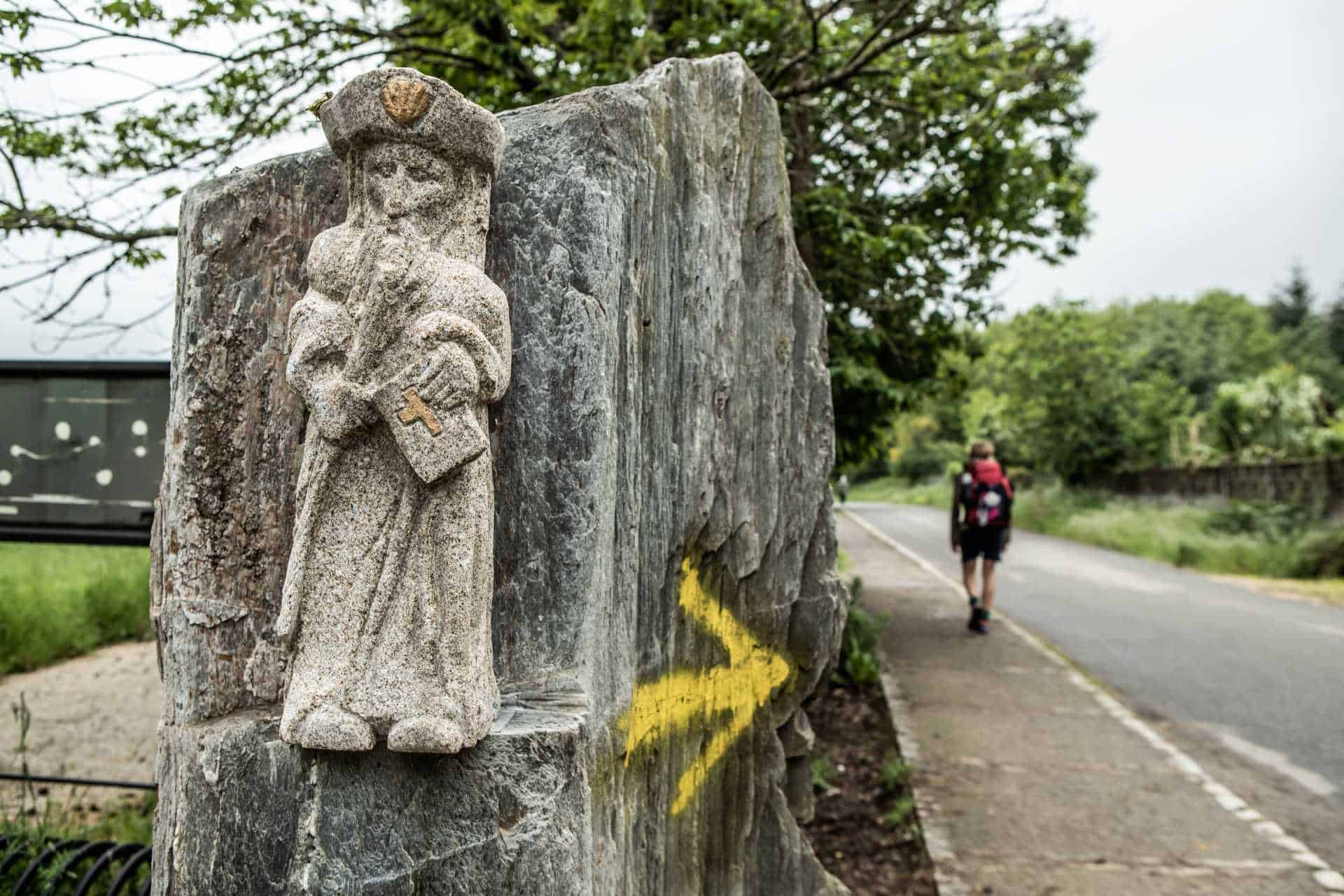
His many faces
Santiago Matamores
Many miracles are attributed to Saint James and has helped build his great reputation. One of the most well-known is that of Santiago Matamores. This literally means Santiago Slayer of Mores – not the nicest tale about the Saint.
This tale about Saint James dates from when Spain was still occupied by the Mores. The Spanish army was fighting the Mores to regain territory, but was losing badly. Out of nowhere (and after his death), Saint James appeared mounted on a beautiful white horse, and began defeating the Mores. Thanks to his miraculous appearance, the battle against the Mores was won. This is why Santiago is the patron saint of Spain.
Once you arrive to Santiago de Compostela, this image of Saint James is depicted in a statue above Santiago’s town hall, opposite the Cathedral.
The Pilgrim
Saint James is also often depicted as a pilgrim along the Camino de Santiago. Like many pilgrims on the Way, he has a long beard, showing that he has been away from home for a long time. He wears a very distinguishable hat, with wide-brims to keep the sun and rain off his face and a scallop shell in the centre. He also is usually depicted wearing a long pilgrim cloak, again most likely to protect him from the weather (future pilgrim, take note!). Usually he has a couple of scallop shells decorating the upper half.
Another aid to him on his Way is his stick and gourd in his right hand. The stick to help protect his joints as he walks, much like the walking sticks we use today. The gourd was used to carry water. Even though now we much prefer lighter, plastic bottles, gourds are also sold everywhere in Santiago! Finally, in his left hand, Saint James carries a heavy book, most likely the Scriptures.
The Scallop Shell
A more politically correct miracle attributed to the Saint takes place on the shores of Galicia. A Galician groom was in the middle of celebrating his wedding close to the beach. During the celebration he spotted a boat sinking off the coast. He jumped on his horse and galloped into the turbulent water – almost immediately the water became calmer and still. The boat was saved, and both the horse and its rider emerged from the water entirely covered in scallop shells, which were already closely associated with Saint James.
Saint James is present all along the Camino. Whether in statues and paintings in the churches you pass, or in the spirit of all the pilgrims who imitate his lifestyle and even appearance. When you arrive at the Cathedral in Santiago de Compostela, you may want to follow the centuries-old tradition and get in line to give the Saint a hug! After all, he is the reason why you groaned up rolling Galician hills, got a couple blisters and completed this long, incredible journey!

Sources : https://www.britannica.com/biography/Saint-James-son-of-Zebedee
https://www.gotquestions.org/James-the-apostle.html
http://www.santiagoturismo.com/apostolo-santiago/santiago-en-hispania
http://musmon.com/en/content/64/en/CatedralDeSantiagoDeCompostela/2
http://xacopedia.com/Caballero_de_las_conchas

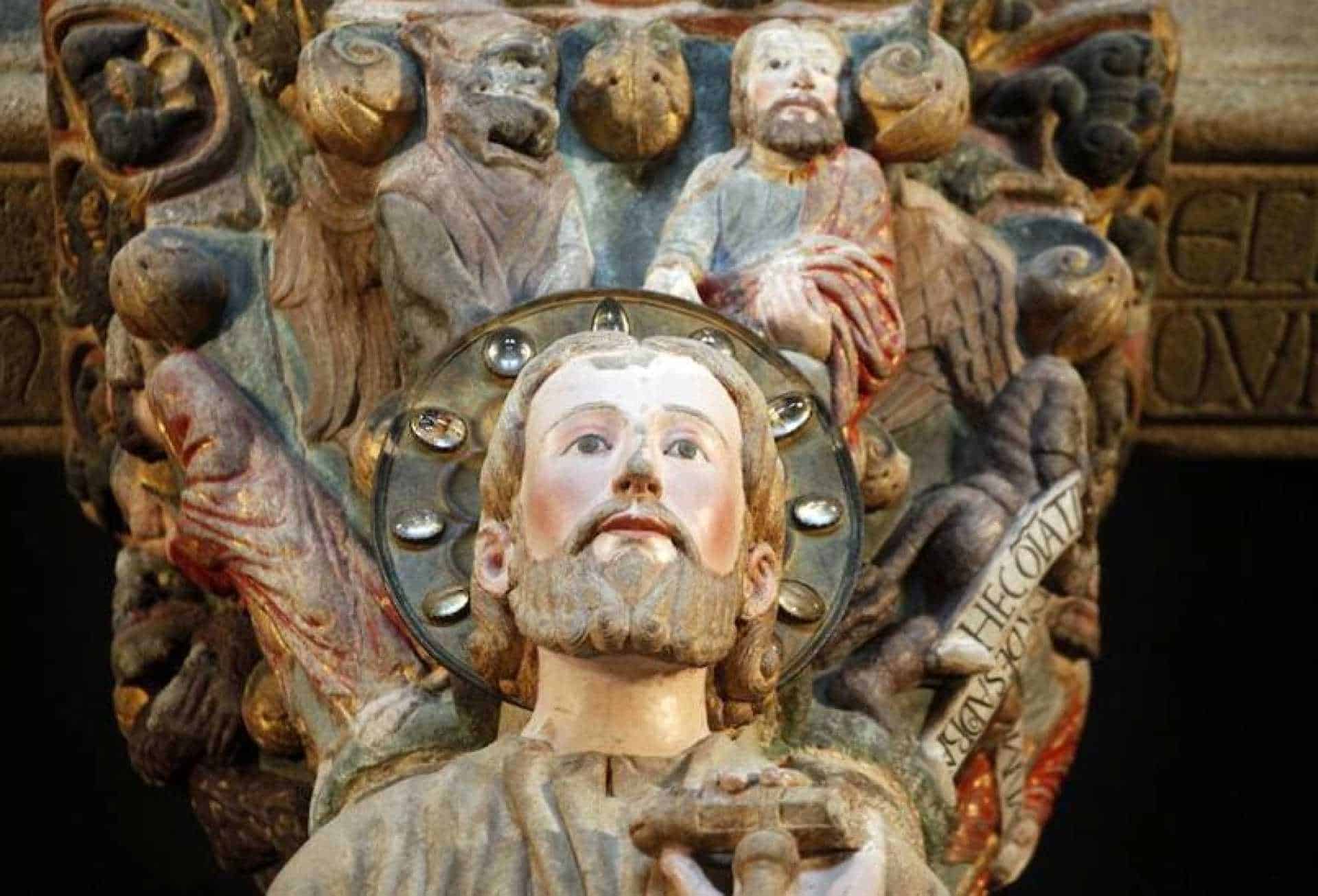
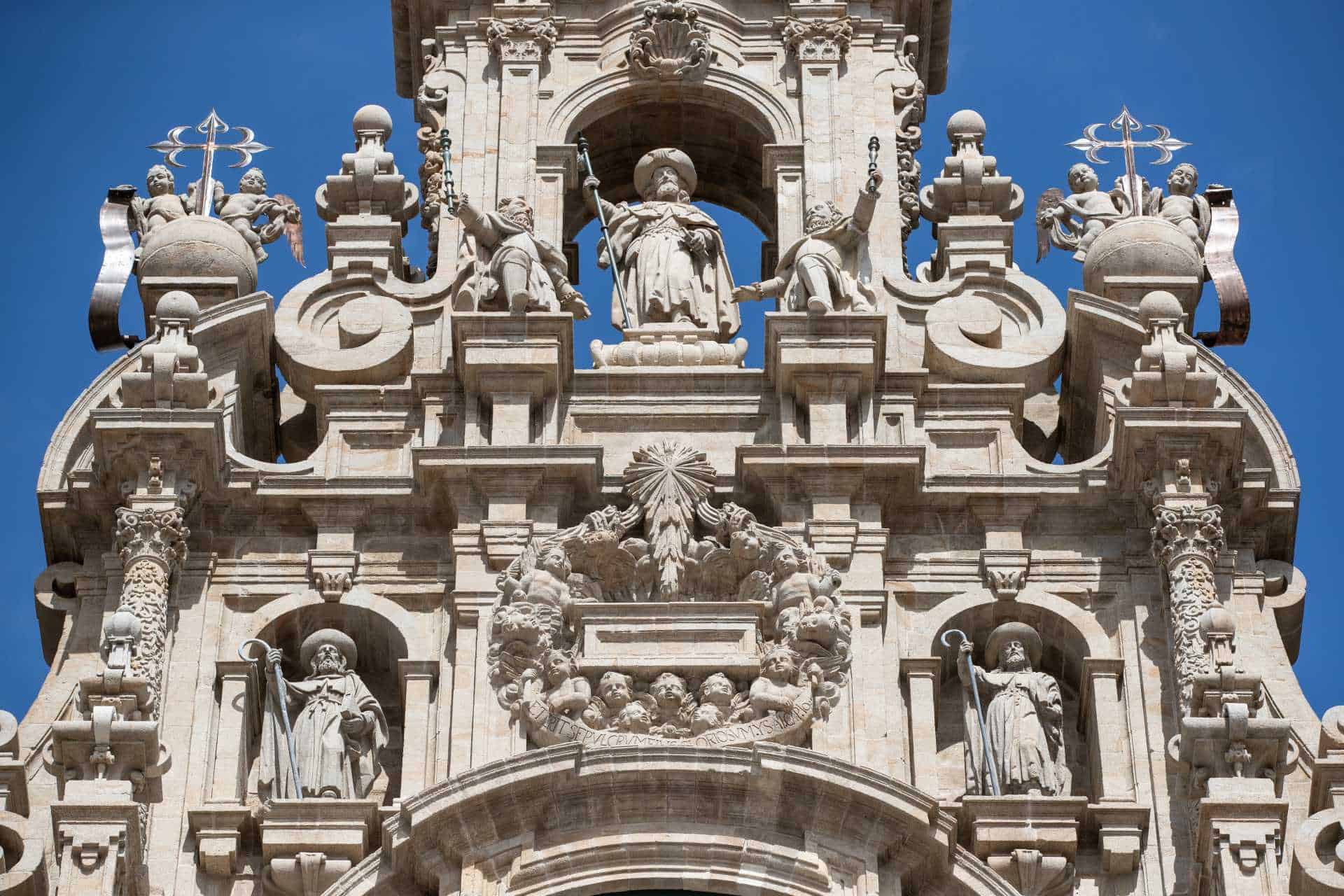

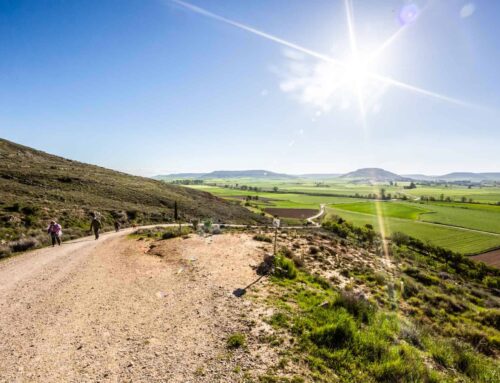
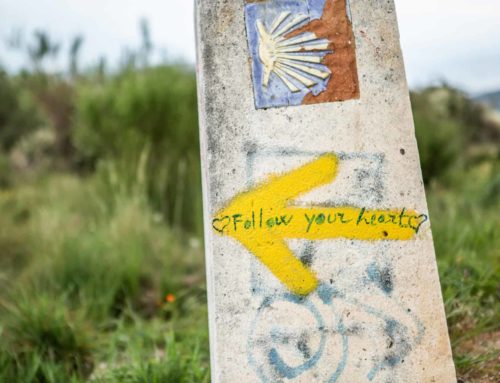
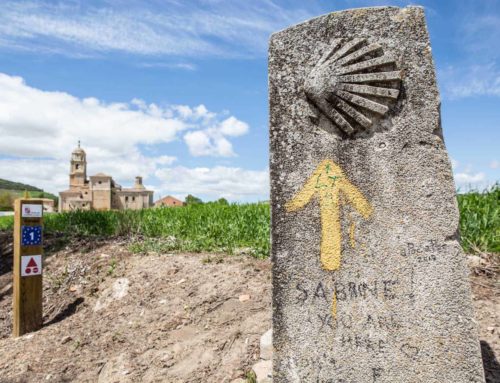
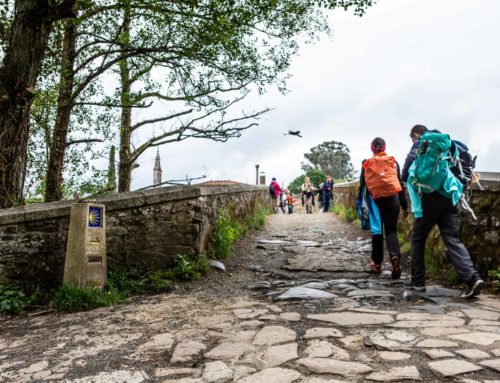
Leave A Comment